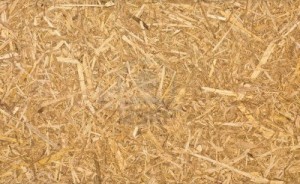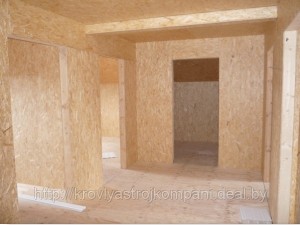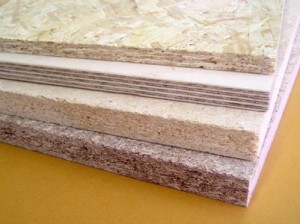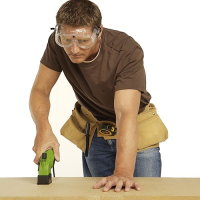We use cookies to make your experience better. To comply with the EU GDPR e-Privacy directive, we need to ask for your consent to set cookies. Learn more.
Fibreboard - the Benefits and Disadvantages
Fibreboard is an engineered wood wallboard made of wood chips, plant fibres, softwood flakes, sawdust and other recycled materials such as cardboard or paper, all bonded with a synthetic resin under high pressure and heat and then compacted into rigid sheets.
 Image courtesy by fordaq.com
Image courtesy by fordaq.com
More detailed, after the raw materials have been collected and chopped into small pieces, all the metallic impurities are removed with the use of a magnet. Next, fibres are blended with wax and synthetic resin and then compressed into a defibrator machine under heat, in order to become usable. Finally, they are pressed into rigid sheets to produce fibreboard.
It was first manufactured in the U.S.A during the beginning of 1960s and it is mainly used in the construction industry and for making furniture and cabinets. Constructors, builders or other professionals who are interested in using fibreboard can choose between low, medium and high density.
 Image courtesy by protectionmethod.blogspot.com
Image courtesy by protectionmethod.blogspot.com
Types of fibreboard:
Low-density fibreboard is also known as particle board and is mostly used as underlay in various rooms of a house, such as the kitchen or bathroom and for furniture manufacturing. The density of a particle board is 160-450 kg/m³ and among the three types, is the less strong. Even though it is the cheapest, the fact that is vulnerable to humidity makes it inappropriate for outside use.
Medium-density fibreboard has a density of 600-800 kg/m³ and is the most commonly used. It can be found on many construction projects as well as in the furnishing industry. In addition, medium density fibreboard is also an important element for the manufacturing of laminate and engineered flooring. Generally, it is a cheap product but due to its weight, it is easy to break and any contact with water should be avoided as it is not resistant to it.
High density fibreboard, also famous as hardboard has a density of 600-1450 kg/m³, and compare to the other types of board it is harder, solider and more durable. Again it is used for furniture production as well as for flooring manufacture and construction projects and its strength and durability will ensure a high quality result.
 Image courtesy by wolman.de
Image courtesy by wolman.de
The benefits and disadvantages of fibreboard when is used in the flooring industry.
Benefits of fibreboard:
- Impact and thermal insulation in one product.
- Excellent thermal and acoustic improvement.
- Reduces ridges and uneven surfaces in subfloor.
- Robust and stable support for final floor finish.
- Helps increase serviceable life of final floor.
- High loadbearing and weight resistance.
- Light weight and easy to handle.
- Quick and simple to install.
- Environmentally friendly composition.
- Inexpensive product.
- Holds paint well.
- Weak compare to wood.
- Not as durable as real wood.
- Requires more nails when installing it.
- Might take more time to install compare to real wood.
Concluding, despite the fact that fibreboard is an eco-friendly material, it is important to mention that it contains chemicals such as urea-formaldehyde, a carcinogen ingredient that can be hazardous if not treated appropriately. Formaldehyde is produced when cutting the fibreboard, thus a dust mask and protection glasses are extremely necessary equipment. It is also obvious that this job needs to be done in a well-ventilated area, as formaldehyde can cause serious lung infection.
 Image courtesy by exactsaw.org.uk
Image courtesy by exactsaw.org.uk

